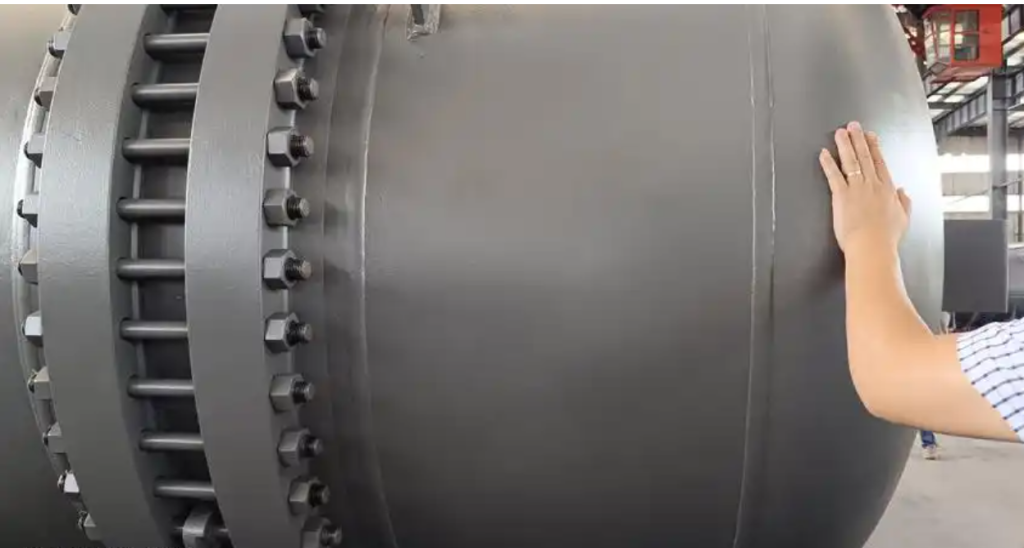Comparison of Different Types of Graphene in Coatings: Monolayer Graphene, Multilayer Graphene, and Reduced Graphene Oxide (rGO)
Graphene materials vary significantly in their structure, properties, and production methods, leading to differences in their applications and performance in coatings. Here, we explore the comparative advantages, limitations, and suitable applications of monolayer graphene, multilayer graphene, and reduced graphene oxide (rGO) in coatings.

1. Structural Differences
| Type | Structure & Thickness | Surface Area (m²/g) | Electrical Conductivity | Oxygen Content |
|---|---|---|---|---|
| Monolayer Graphene | Single atomic layer of carbon atoms | ~2,630 | Highest | Negligible |
| Multilayer Graphene | 2–10 graphene layers, stacked with van der Waals forces | 200–700 | Moderate to high | Low |
| Reduced Graphene Oxide | Chemically reduced from graphene oxide, partially restored structure | 300–800 | Moderate | Moderate |
2. Application Comparison in Coatings
A. Monolayer Graphene
-
Advantages:
- Exceptional electrical and thermal conductivity
- Excellent mechanical strength and flexibility
- Effective barrier properties due to atomic-level thinness
-
Limitations:
- High production cost, limited scalability
- Difficult to disperse uniformly due to high surface energy
-
Applications:
- Electromagnetic Shielding Coatings: Used in electronic devices for EMI shielding.
- Antistatic Coatings: Applied in sensitive electronic components to dissipate static charges.
- Thermal Management Coatings: Effective in heat dissipation systems for electronics and aerospace.
B. Multilayer Graphene
-
Advantages:
- Balanced cost-performance ratio
- Easier to disperse compared to monolayer graphene
- Enhanced mechanical strength and moderate conductivity
-
Limitations:
- Lower surface area than monolayer graphene, reducing barrier efficiency
- May aggregate if not properly dispersed
-
Applications:
- Anti-Corrosion Coatings: In maritime and industrial applications for corrosion resistance.
- Conductive Coatings: Applied in automotive and aerospace for moderate conductivity.
- Reinforcement Coatings: Enhances mechanical properties of composite coatings in construction.
C. Reduced Graphene Oxide (rGO)
-
Advantages:
- Lower cost and scalable production
- Easier to disperse in polar solvents due to residual oxygen groups
- Good balance of conductivity and mechanical properties
-
Limitations:
- Incomplete reduction leads to defect sites, reducing conductivity
- Variability in properties depending on the reduction method
-
Applications:
- Waterborne Coatings: Eco-friendly formulations for architectural and industrial use.
- Antibacterial Coatings: Effective in healthcare and food industry environments.
- UV-Resistant Coatings: Applied in outdoor surfaces for UV protection and weather resistance.
3. Comparative Summary
| Property/Feature | Monolayer Graphene | Multilayer Graphene | Reduced Graphene Oxide (rGO) |
|---|---|---|---|
| Conductivity | Highest | Moderate to high | Moderate |
| Barrier Properties | Excellent | Good | Moderate |
| Mechanical Strength | Excellent | High | Good |
| Dispersibility | Difficult | Moderate | Easy in polar solvents |
| Cost | Very High | Moderate | Lower |
| Scalability | Limited | Moderate | High |
| Eco-Friendliness | Moderate | Moderate | High (waterborne) |
| Preferred Coating Systems | High-performance electronics | Industrial and automotive | Antibacterial, UV-protective |
4. Conclusion
- Monolayer Graphene is ideal for high-end applications demanding maximum conductivity and barrier properties, such as electronics and aerospace.
- Multilayer Graphene offers a cost-effective balance, making it suitable for corrosion-resistant and conductive coatings in automotive and infrastructure.
- Reduced Graphene Oxide (rGO) is favored for large-scale, cost-effective, and environmentally friendly coatings, especially in antimicrobial, UV-resistant, and waterborne systems.
Understanding the specific requirements of each application allows for the strategic selection of the appropriate type of graphene in coatings, optimizing performance while controlling costs.

